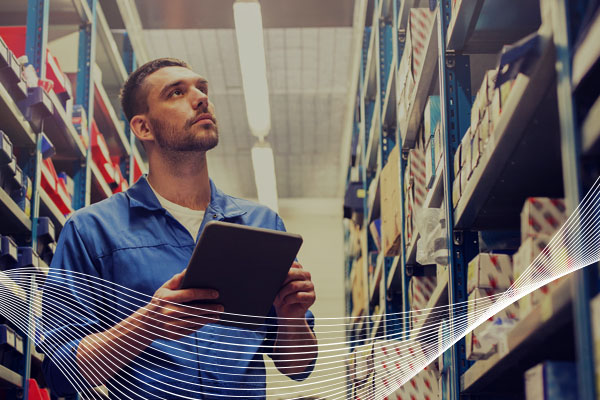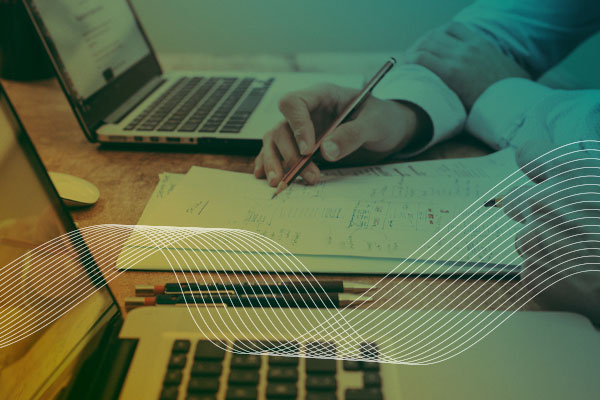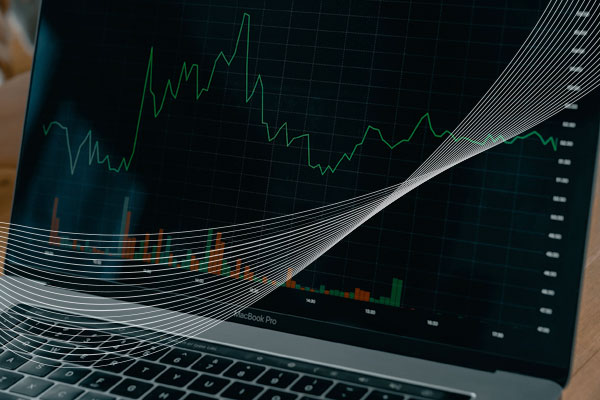When does something go from trend to mainstream? When is a fad no longer a fad? When does a novelty proliferate to become commonplace? When do the statistics for an emerging development become so ordinary we must look for a new one?
According to social commentator Malcolm Gladwell, the "tipping point" is "when an idea, trend, or social behavior crosses a threshold, tips, and spreads like wildfire." We’re witnessing quite a number of tipping points today: electric vehicles, working from home, virtual reality, climate change.
So what about B2B commerce? Have the shifts we’ve witnessed recently become the "new normal?" Are the realities of B2B selling very different than a year ago, a quarter ago, or even a month ago? What’s changed? Or more importantly, how should my business change?
Consumerization is the New Normal
Consumerization is a word that sounds like it has no place in B2B. Yet according to Gartner, consumerization is the specific impact that consumer-originated technologies can have on ALL types of enterprises. “Consumerization is not a strategy or something to be ‘adopted.’ Consumerization can be embraced and it must be dealt with, but it cannot be stopped.”
Nowhere is it more apparent than in the trend toward eCommerce, personalization, and dynamic pricing for B2B transactions, even for the most traditional B2B businesses. The technology demarcation between B2B and B2C has blurred. You might even say it is gradually, if not quickly, being erased.
How does that change my marketing and sales strategy? How do I create offers, price products and services, and continue to sell effectively with consumerization as the backdrop? Am I able to adapt quickly to buying trends or supply and demand shifts in a more holistic marketplace? Do I have the proper tools in place to treat B2B buyers in their day jobs with the same conveniences they experience in their after-hours roles as consumers? Am I able to do all this while maintaining a personal touch, which is the hallmark of the B2B salesperson?
As suggested in his recent blog, my colleague Mick Naughton observes:
“B2B clients expect a B2C-like experience, intuitive suggestions, and contract pricing available online. If they don’t have a contract price, they want to be able to negotiate a price right there and then and not have to wait for a salesperson to get back to them.”
Clearly, the time is now for B2B marketers and sellers to step up to the new expectations of B2B buyers, to give them the personal high-touch encounters they’ve come to expect from face-to-face selling and all the conveniences of their everyday B2C experience. And fast.
Digital Transformation & Buying Online
COVID accelerated digital transformation and eCommerce in nearly every category, and an end to the pandemic won’t cause it to recede. If anything, investment is increasing at warp speed. Some companies are realizing they came to the party late. Increasing demand and the technological innovation driving transformation, according to Forrester, will push U.S. B2B eCommerce transactions to $1.8 trillion—accounting for 17% of all B2B sales in the country by the end of 2022. Other studies suggest the number globally could be as high as 20 trillion dollars by 2027. Some industry experts now observe this is no longer a novel channel - it will become the dominant channel for B2B sales transactions, as 80% of B2B sales interactions between suppliers and buyers will occur in digital channels by 2025 (Gartner). These are all qualified predictions, but what we know for certain is the world doesn’t go backward in its use of technology to facilitate commerce. The new electronic realities of B2B commerce are here to stay.
Zilliant Product Director and B2B commerce expert Brian Hirt suggests, “Many companies now have mechanisms within their eCommerce channel to recommend products and generally personalize the shopping experience. But the next generation of B2B leaders need eCommerce to be more than a channel, or a convenient means of selling products online. It must be a selling tool itself - a digital sales rep that never sleeps.”
Getting Personal with B2B Buyers
The days of opening a paper catalog to pick out your supplies are nearly gone, and quickly following that “dinosaur” out the door is the notion that B2B buyers don’t need tailored offers. Not only do they need them, but they are also coming to expect them. Whether they are delivered in an online environment or through a direct salesperson, commercial customers have less time to sift through offers or listen to pitches about products they don’t really need at this time. They are coming to expect suppliers to have a deeper understanding of their needs, if not anticipating their needs. That typically means sellers must leverage behavioral data to make the most of each interaction.
Eighty percent of shoppers are more likely to buy from a company that offers personalized experiences (bloomreach), however, only a small fraction of B2B customers reported their most recent online experience was completely personalized specifically for their needs (B2B Marketing). B2B sales have traditionally been built on buyer/seller relationships nurtured over weeks, months or even years. And while replicating a more personalized touch online has its challenges, leveraging data and technology to provide tailored offers for B2B customers has never been easier or more welcome. And these technological advances can perhaps help sellers create buying experiences that are received as more personal even without the sellers present. For more information check out my blog post, Getting Personal in B2B Sales.
Dynamic Pricing Comes of Age
Dynamic pricing is no longer a “nice-to-have” for B2B sellers, rather, it’s a critical necessity to remain competitive. Research shows that nearly half of B2B customers expect pricing options that are specific to them. Price negotiation has always been a big part of the in-person B2B sales interaction, but how can it be replicated online? How can pricing adapt in an environment where business conditions are fluctuating with increasing velocity? And how does pricing get executed in omnichannel experiences, where customers may buy through more than one channel at a time? What technology is necessary to achieve the desired outcomes for buyers and sellers alike?
Greg Peters, Zilliant’s CEO recently described this inflection point for B2B pricing when he said, “The demands of digital transformation coupled with significant advancements in the deployability and scalability of price optimization and management solutions have propelled pricing software into the mainstream.” Price optimization and management software not only replaces outmoded tools like spreadsheets and email but it allows for insights about customer purchasing behavior to be incorporated into pricing decisions in real time so that companies can maximize revenue and margins based on the most recent information available.
Zilliant provides all these capabilities and more to B2B sellers. Here are two examples:
Campaign Manager™ can help direct specific guided actions from any intelligent Zilliant application including Sales IQ™, Price IQ®, Price Manager™ or Cart IQ®, or user-defined custom actions to prioritize the most impactful sales actions that link customer insights with the seller’s corporate sales strategies.
Real-Time Pricing Engine™ is the real-time connection between Zilliant’s pricing solutions and your commercial applications — a high-availability, high-performance REST-based API. Real-Time Pricing Engine can facilitate intelligent automated negotiations, deliver prices into any commercial system in real-time with a 99.99% uptime guarantee, and even become the mission-critical pricing system of record.
If you’re ready to learn how Zilliant can help your business take proactive and decisive action in this time of massive transformation, connect with me on LinkedIn, send me an email or contact our team here.



